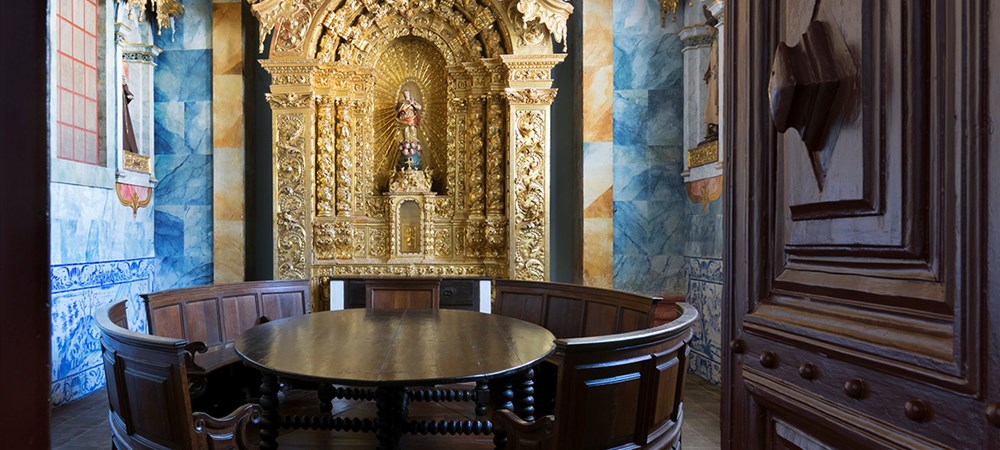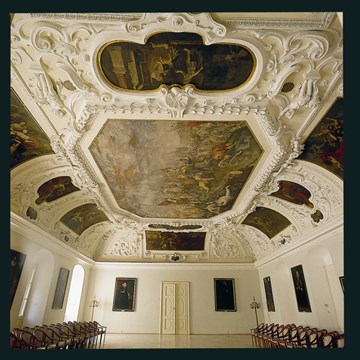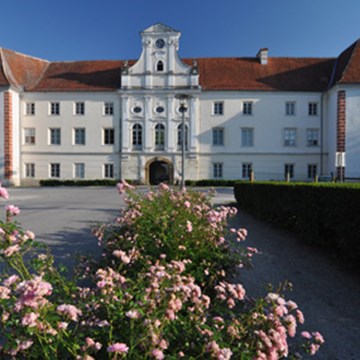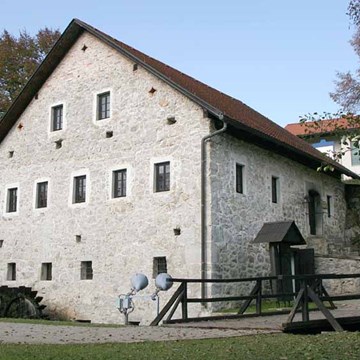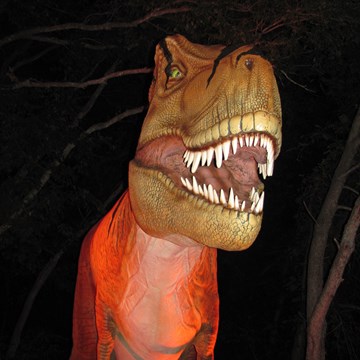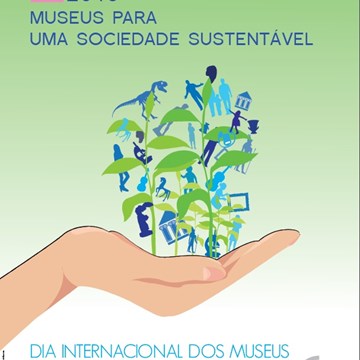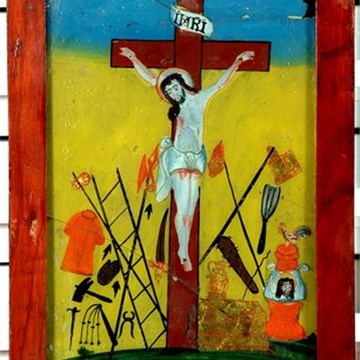Núcleo Museológico da Igreja de S. Francisco
THE CONVENT AND CHURCH OF SÃO FRANCISCO
The first Franciscans arrived Évora in 1224 from Galicia. Only traces of the Gothic church and part of the cloister, built in 1376, remain from the original convent.
The Kings' interest in installing a palace in Évora, in part of the convent, led in return to the construction of a new church over the old church, to provide dignity and beauty in keeping with a royal palace. Building work started under Afonso V and great progress was made under João II, the church reaching its architectural and artistic magnificence under Manuel. Known in the 16th century as the Convent of Gold, it was difficult to maintain these prerogatives after the palace was abandoned and Filipe II (Philip III of Spain) handed it over to the religious order. From the late 16th century, the Third Order Regular of St. Francis of Penance exercised a strong devotional and artistic influence on the church, hiring acclaimed craftsmen for the installation and decoration of its Chapel and its office, the Casa do Despacho. The dissolution of the religious orders in 1834 led to the rapid deterioration of the convent building. The church and the Chapel of the Bones survived, due in part to the Third Order, to intense popular devotion to the Senhor dos Passos and to the moving of the seat of the parish of São Pedro to the church.
In 1892-95, most of the ruined convent was sold at a public auction to the local benefactor Francisco Barahona, who had the existing rooms built and contributed generously to the restoration of the church and the Chapel of the Bones.
Extensive renovation work in 2014-2015 restored all the church's functional and historical dignity.
THE CHAPEL OF BONES
This chapel was built in the 17th century, in a style popular at the time, in order to encourage reflection on the transitory nature of human life and the consequent commitment to living a constant Christian life. Both walls and pillars are covered with thousands of bones and skulls, brought from burial areas associated with the convent. The frescos that decorate the vaulted ceiling, dating from 1810, present a variety of symbols illustrated by biblical scenes and others with the instruments of the Passion of Christ. As you leave the chapel, a panel of tiles by the architect Siza Vieira on the neighbouring wall contrasts an allusion to death with the miracle of life.
THE MUSEUM
The 2014-2015 work restored the area of the former dormitory, situated over the Chapter House and the Chapel of the Bones, unused since the late 19th century. A small museum has been established, based on the collections of the convent itself and from other former Franciscan convents in Évora. It includes works by painters such as Francisco João and António de Oliveira Bernardes, 16th to 18th-century sculptures, a collection of sacred silver from the same period, with a special focus on local craftsmen, paraments and devotional objects, in a chronological and interpretative tour of religious and social life in Évora.
THE CANHA DA SILVA COLLECTION OF NATIVITY SCENES
After the restoration of the church, the upper galleries over the side chapels were opened to the public. In keeping with Franciscan spirituality, here we can find an exhibition of nativity scenes from the huge private collection of Major-General Fernando Canha da Silva and his wife Fernanda Canha da Silva, their religious background and beliefs having inspired them to reach an agreement with the Church of São Francisco. In the two galleries, we can admire hundreds of Portuguese and international nativity scenes by countless different artisans, varied compositions and different materials, representative of both folk art and fine artistic skill.
Exhibitions and events
We don't have anything to show you here.
Educational programs
We don't have anything to show you here.
Collections
We don't have anything to show you here.

